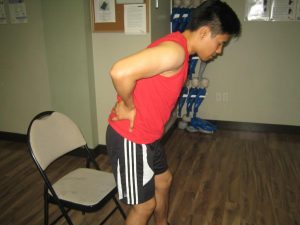Gallstones form within the gallbladder. Many individuals develop these stones without knowing at all. The gallstones are hardened deposits within the gallbladder which is an organ that stores bile.
The gallstones are usually comprised of salt, cholesterol or bilirubin. The stones vary in size from a grain of sand or as big as an apricot.
What are the causes?

The constituents in bile can crystallize and toughen the gallbladder which leads to the formation of gallstones. In most cases, they are made of cholesterol while others are made of bilirubin and calcium salts.
- Cholesterol stones – gallstones form if there is excess cholesterol in the bile released by the liver. The bile typically breaks down cholesterol but if the liver produces more cholesterol than the bile can dissolve, hardened stones might form.
- Bilirubin – this is a chemical produced if the liver destroys the old red blood cells. The stones form if the gallbladder could not break down the excess bilirubin.
- Concentrated bile – the gallbladder is required to empty bile to function properly. If it could not empty the bile content, bile becomes concentrated and causes the formation of stones.
Risk factors
Even though the body produces cholesterol naturally, excess cholesterol is taken in from the diet. Various risk factors are linked to the diet such as:
- Eating a diet rich in cholesterol or fat
- Being overweight or obese
- Diabetes
- A diet that is low in fiber
- Rapid weight loss in a short period
Indications of gallstones
Many individuals with gallstones do not experience pain at all. In such cases, these are called as “silent” gallstones. The doctor might detect these stones using an X-ray or abdominal surgery.
Some experience symptoms and the most common is pain that radiates in the right upper quadrant of the abdomen. The discomfort often radiates to the back or right shoulder.
The other symptoms might include:
- Fever
- Clay-colored stools
- Yellow-tinged skin or eyes (jaundice)
- Nausea or vomiting
Management
The doctor might utilize various treatment options to get rid of the stones or improve the condition of the individual.
Surgery
Surgery is often the initial option if the symptoms are significant. In most cases, laparoscopic gallbladder removal is performed. During the procedure, a small, lighted device is inserted into an incision and carefully remove the gallbladder. The individual can go home on the day of the procedure if there are no complications.
Medications
Medications that dissolve the gallstones due to cholesterol are an option if surgery is not a suitable option. These medications might be taken for several years to get rid of the gallstones.
